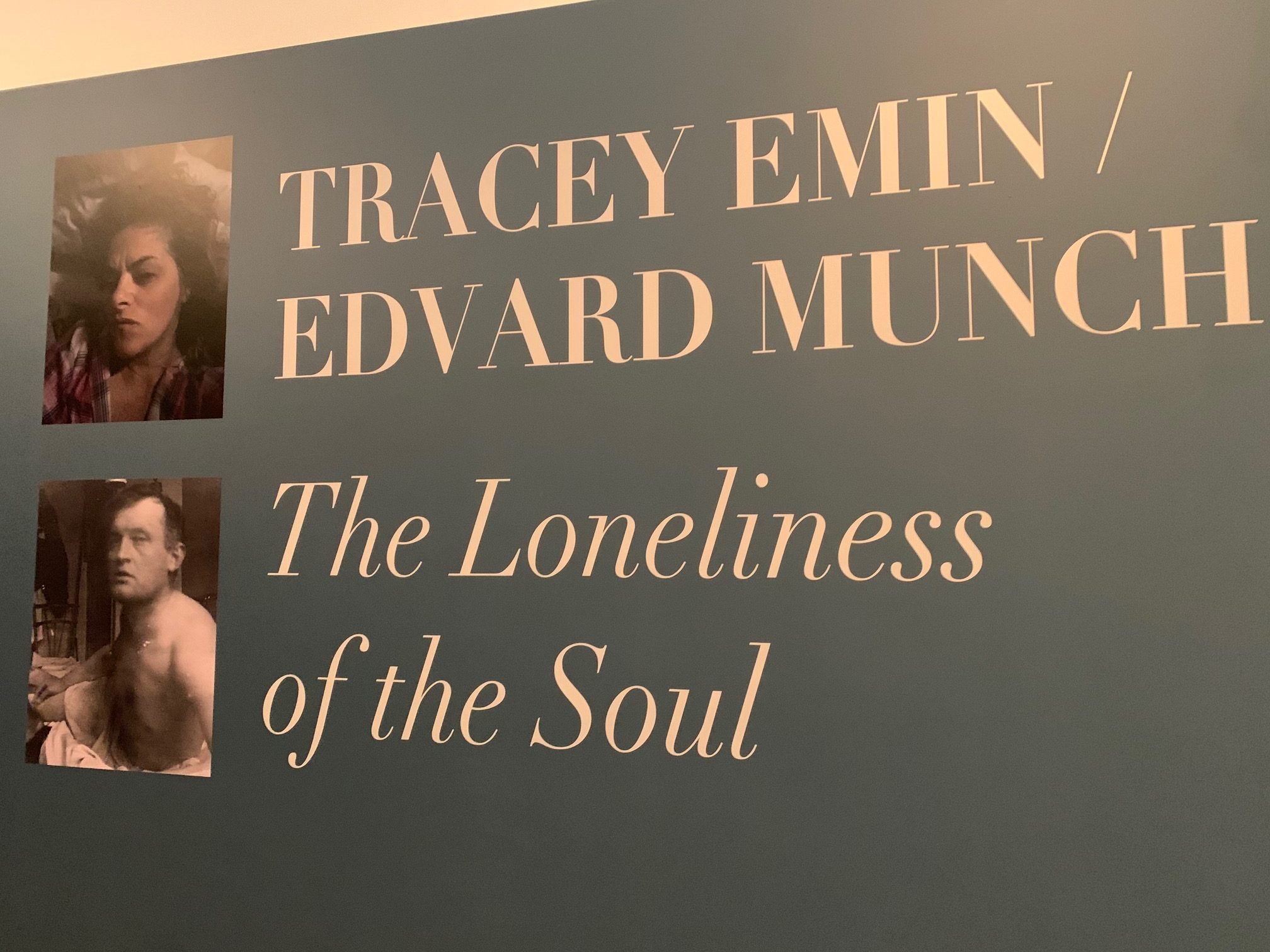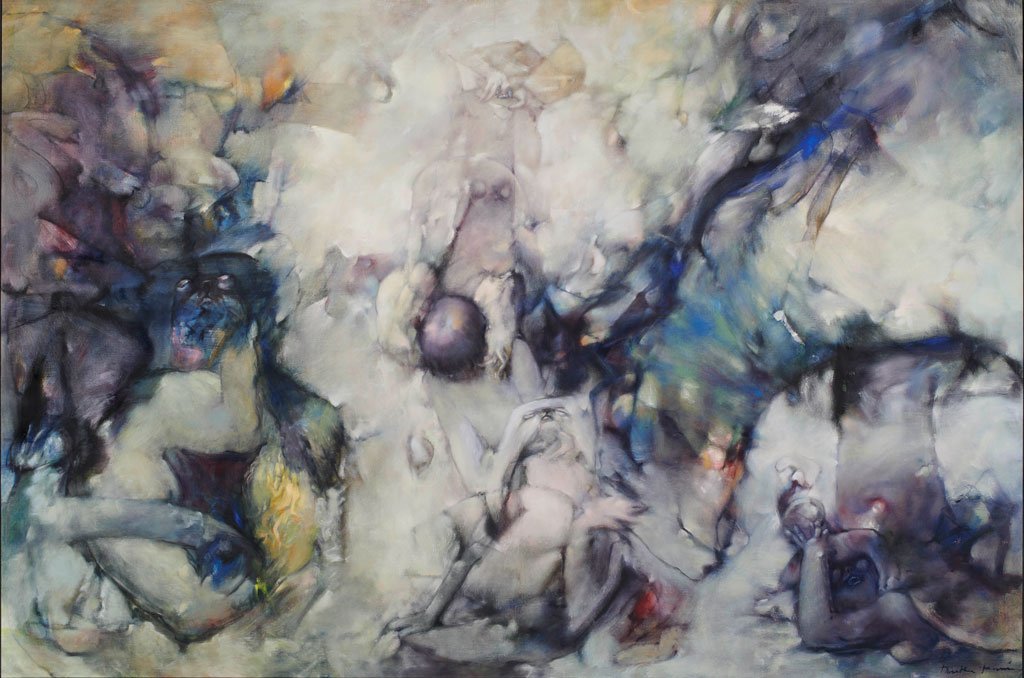Hyper reality is the thought that comes to mind when viewing the photography of Andreas Gursky. I became aware of his large scale somewhat documentary work in the powerful exhibition “Civilization: The Way We Live Now” at the National Gallery of Victoria in 2019. Sadly, I missed a major survey of his work at the same venue 10 years earlier.
Born in Leipzig in 1955, Gursky was a student of the famous German conceptual photographers Bernd and Hilla Becher. He is considered one of the finest photographers at work today and presents an almost overwhelming vision of contemporary life in images crammed with information, the individual reduced to an atom in a vast universe of order, or in some cases, chaos.
He began to digitally alter his images as soon as the technology became available. A prime example is 99 Cent, one of his most iconic works. He altered the position of some of the store’s aisles and created a mirror image in the ceiling to flatten the image. There is a formalist structure in his work but at the same time there is a sense of reality playing with unreality. He pioneered the practice of face mounting photographs onto Plexiglas.
99 Cent (1999) 207 x 325 cm
Gursky also presents images of excess and waste, of consumerism having lost its bearings. There is a questioning of one’s place in this world, of man being overwhelmed by a capitalist system that has become a Frankenstein monster. In “Amazon” from 2016, he presents an image of the Amazon warehouse in Pheonix Arizona. This is a composite image designed to present each object in correct size relative to the others. Thus he achieves what has been described as a supernatural clarity to the image.
Amazon (2016) 207 x 407 cm
In Gursky’s imagery the individual becomes a cog in a vast capitalist machine where all semblance of a unique identity is lost in a sterile, regimentally ordered environment. Rather than focus on the individual as such, Gursky is more concerned with the human species and the environments that it has created.
Hong Kong Stock Exchange II (2001) 207 x 323 cm
His images are beautiful and yet in some ways disturbing. There is a political angle to his presentation of reality, to the key issues of our time, but he leaves it to the viewer to decide how to think. His method of using composite imagery dates back to at least 1993 with his image of a huge block of flats in Paris. He positioned his camera at two locations some distance apart so that each window would appear the correct size, free from the distortion of optics in an image over 4 metres wide.
Paris – Montparnasse (1993)
There has always been an element of abstraction in Gursky’s work. In his image “Rhine II” from 1999, he digitally removed the buildings on the far side of the river to present an abstract image of the Rhine near Dusseldorf. It could be considered an image of man’s manipulation of the natural world to create order. Yet there is an emphasis on textures, the contrast between the shimmering light from the river, the softness of the clouds, the lush carpet of the grass and the hardness of the pavement.
Rhine II (1999) 156 x 308 cm
Like other photographs he has produced, there is a detached yet enticing quality to his image making. He encourages the viewer to enter these scenes yet provides no guidance as to how one should feel.
Hello, my name is Geoff. You may be interested to know that I am a fulltime artist these days and I regularly exhibit in galleries in Victoria, but particularly in Melbourne. You may wish to check out my work using the following link; https://geoffharrisonarts.com
References;
Tate.org.au
Davidcharlesfox.com
thebroad.org


































